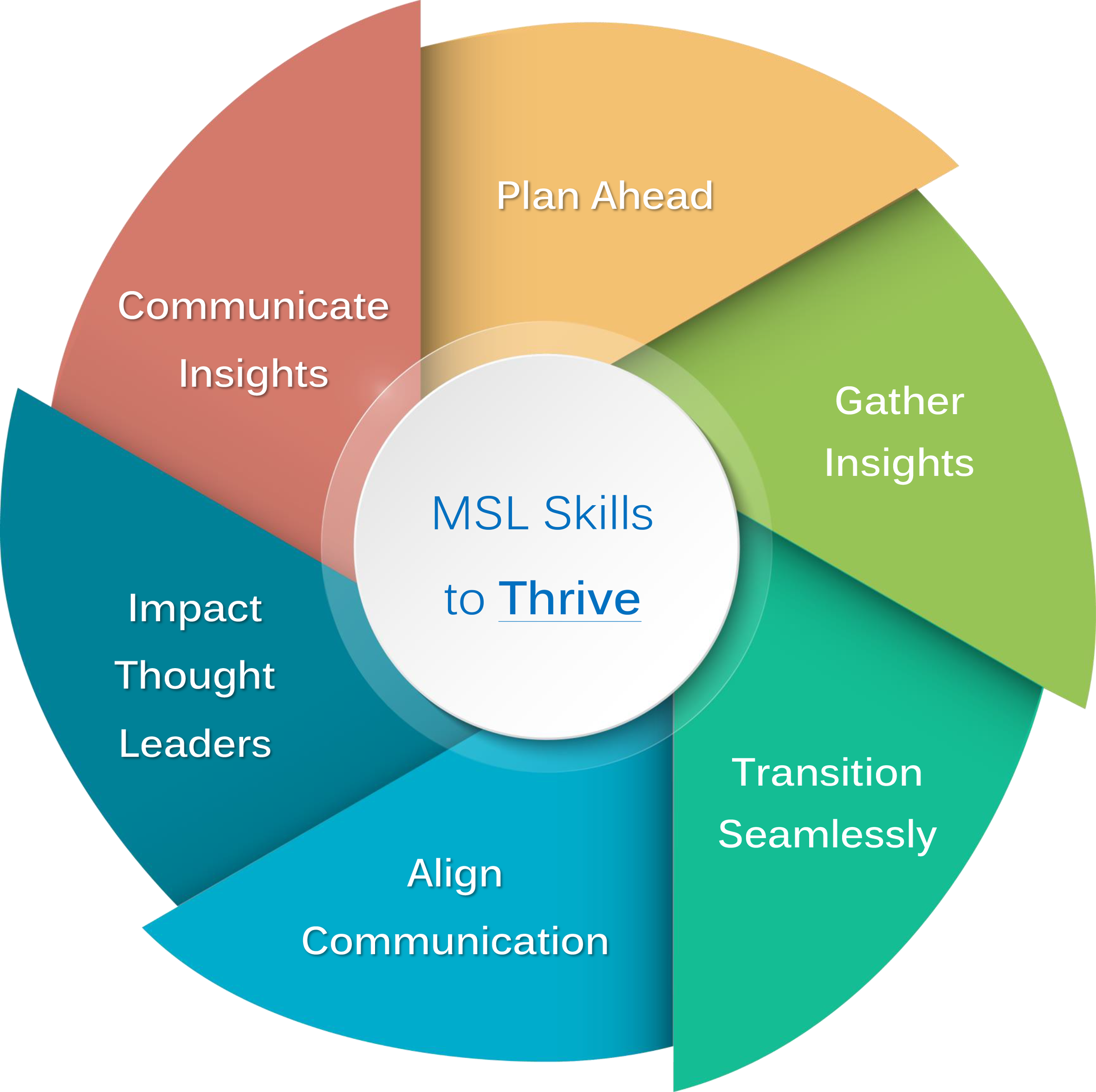
3 Powerful Steps to Communicate Insights Effectively as a Medical Affairs Professional
Do you struggle to communicate medical insights?
As the communication bridge between commercial and clinical stakeholders, successful MSLs aren’t just responsible for building relationships with KOLs and other external stakeholders. They’re also responsible for building relationships and communicating insights internally.
In one of our previous blogs, we shared tips for gathering insights.
While gathering insights is vital to your success as an MSL, it’s only one piece of the puzzle.
The other component is to make sure the insights you’ve gathered are communicated in a way that moves your organization’s work forward.
Insight communication is an often-overlooked competency in the medical affairs space. Some organizations use spreadsheets, others use MSL insight software. But regardless of the platform, the way you convey insights has a significant impact on their value to your organization, as well as the value you’re providing as a Medical Science Liaison.
How can you best demonstrate your value when imparting insights?
We collaborated with Kernel – a company that provides MSL teams with medical insights software – to describe three powerful steps you can take to effectively communicate insights internally and externally.
1. Prioritize Your Insights
According to Kernel’s guide: What is a Medical Insight?, valuable insights tend to be new, forward-looking, and actionable. As you review the data you’ve gathered, remember that not all medical insights are created equal.
If the insight is not actionable or helpful in making a decision, then it cannot be used for the benefit of the organization, customers or patients.
When you consider which insights to share, first ask yourself, “Is this actionable?”
Examples of actionable insights might include:
- Information about competitor products or data
- Perceptions and pain points among KOLs, HCPs, and other external stakeholders
Patrina Pellett, Ph.D. defines an insight loosely as, “A discovery that informs a medical strategy.”
As you go through your inventory of information, you’ll be able to curate the information that is most relevant and can provide the most value.
2. Know Your PAL™
In the first article of this series, we looked at ways to plan ahead for successful KOL interactions. Just as you prepare for meetings with customers, you should follow a similar process for communicating insights internally. Let’s look at how PAL™ works for this.
Purpose: What is your purpose in sharing this insight? How do you expect the information to be used? Are you advocating for a specific action to be taken, or contributing to a bigger picture that should be combined with observations from other MSLs? Consider what you want the reader or listener to know, feel, or do when they receive this information.
Audience: Which departments or individuals will be receiving these insights? Sales, marketing, research, quality, compliance, leadership? Why is this information relevant to them? Do they have any existing attitudes or opinions about the topic? What context do they need? How will they be using the information? How do they want to receive the information?
Logistics: What methods will you use to share the information? Does your company use an insight sharing platform? Should this information be shared on a conference call or in an email? Are there also opportunities to speak to different groups within the company? All-hands meetings and department meetings are good opportunities to present. Many MSL teams have ongoing insights calls within their teams and also with managers from other departments.
Once you have determined your PAL™, write your overall objective in one sentence or less. In other words, begin with the end in mind.
3. Communicate to Influence
Another competency we covered in this series was strategies to impact thought leaders. Whether you’re communicating with external or internal stakeholders, these strategies will ensure that your message resonates and creates value.
Depending on your platform or venue, your ability to engage with analogies, stories, and communication frameworks may be limited.
Whatever your situation might be, it shouldn’t stop you from using storytelling in your insight reports. In their blog post “MSL Insights Tip of the Week,” Kernel says you can create better outcomes for your organization and patients by incorporating storytelling into your insights reports.
Using a simple framework from our previous article, CAR, you can frame that story for better results:
Circumstance:
Keep your introduction short, but be sure to include the people, time, and place of the insight. This provides context for your reader/audience. (In some cases, an insights tool will already provide the KOL and institution, so look out for any redundant information).
Action:
What happened? Was there a positive or negative experience, a new idea, a theme that you noticed from multiple interactions?
Result:
What is the impact or result of the experience? What are the next steps? Is a response needed?
Here is an example:
- Circumstance: At a meeting with a Principal Investigator (PI) at X University this month…
- Action: she shared that, while rare, she had seen pregnant patients develop severe Y condition and the current treatment options create undesirable side effects. She said it would be great to recognize and diagnose these patients early and give them a dose of Z Therapy rather than the current alternative.
- Result: For this reason, she suggested that our company determine the safety of Z Therapy for pregnant women.
Better Insights Begin with Better Communication
Clarifying in-field insights, giving them context, and speaking or writing about them in a way that is aligned with the goals of the organization is key. MSLs who master these skills will stand out as medical affairs professionals.
Want more strategies to develop as a Medical Liaison? Browse through all 6 “MSL Skills to Thrive” below.

You can also contact us to schedule a skills development workshop for your team.
